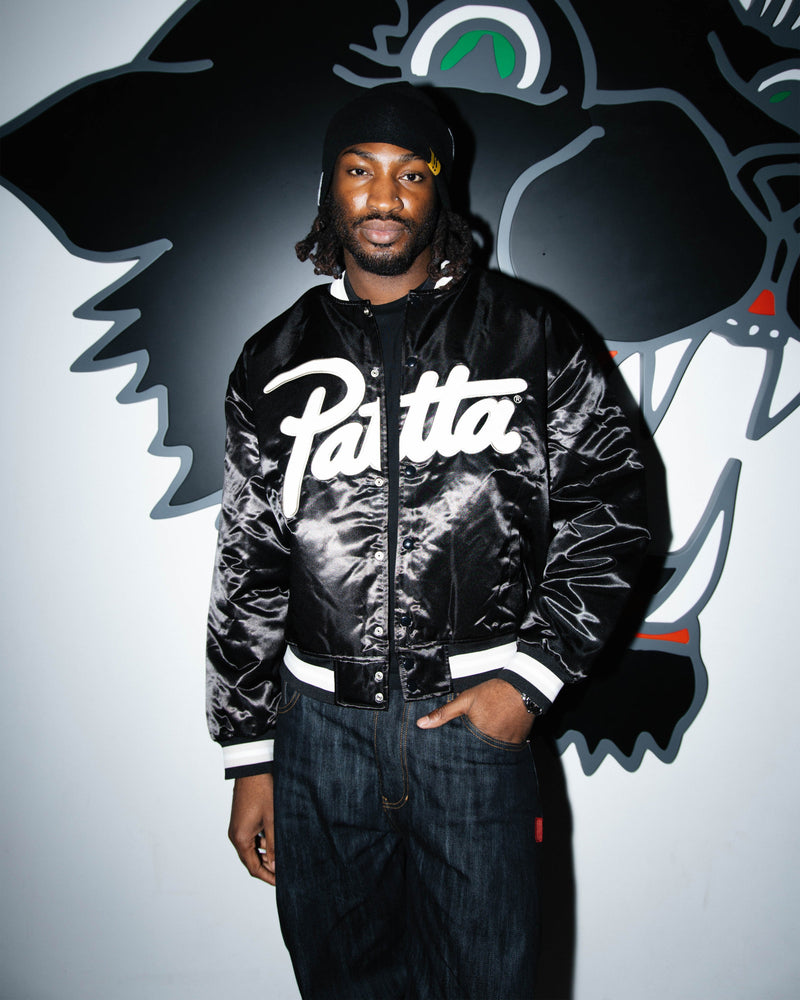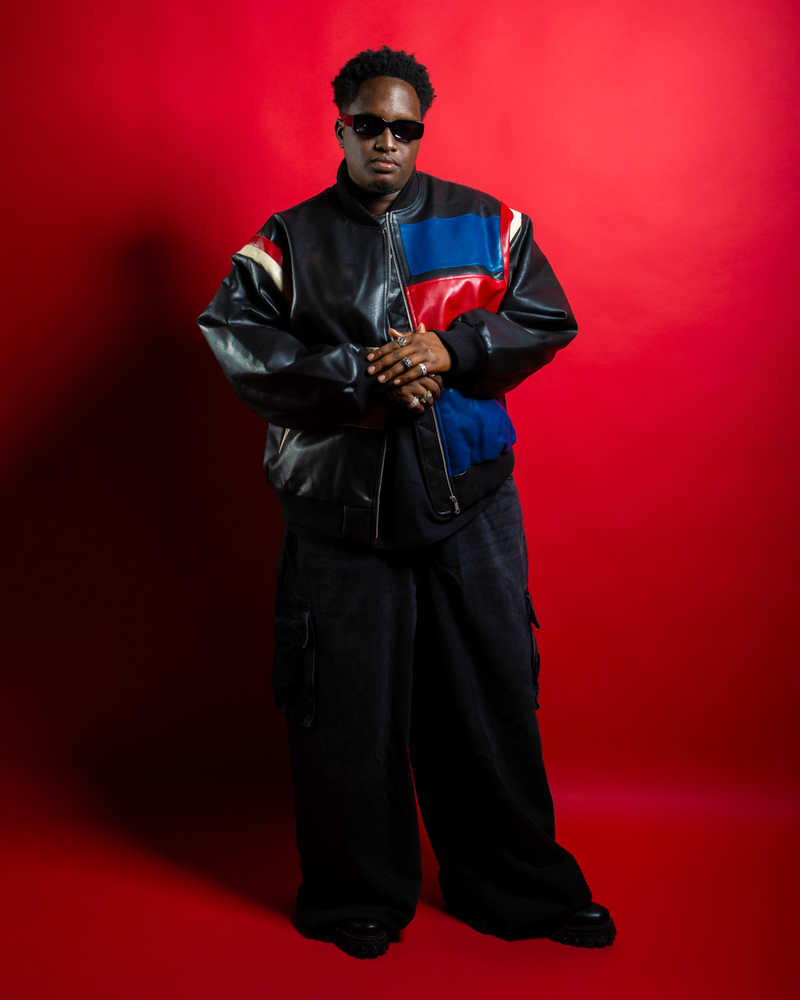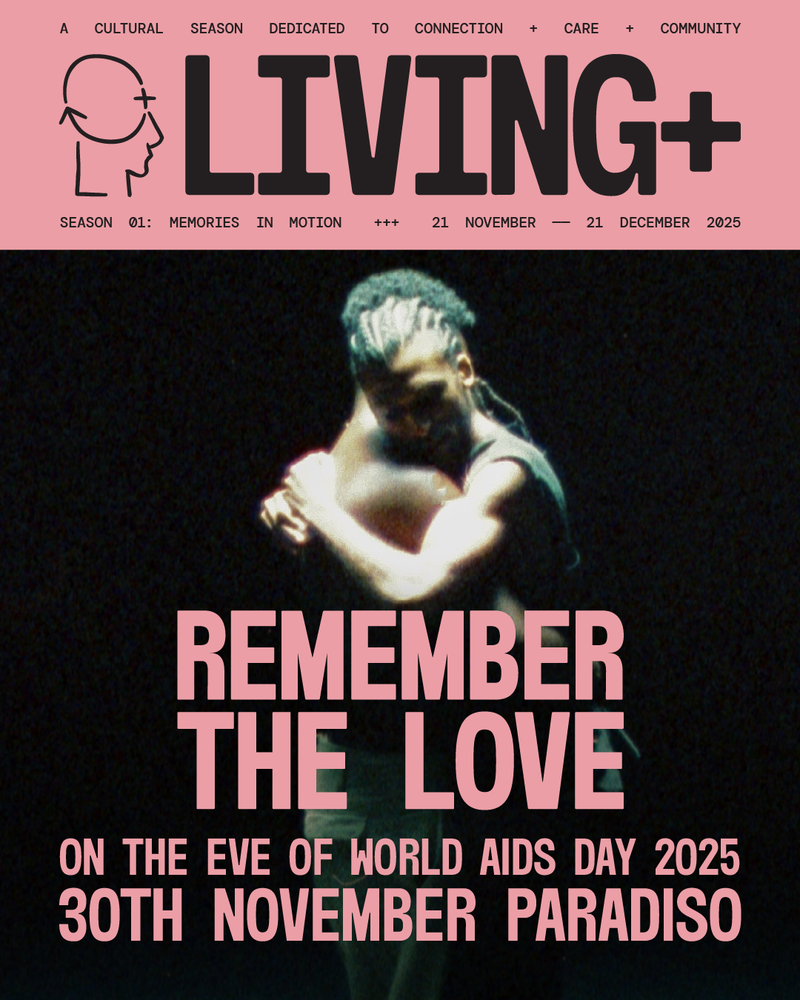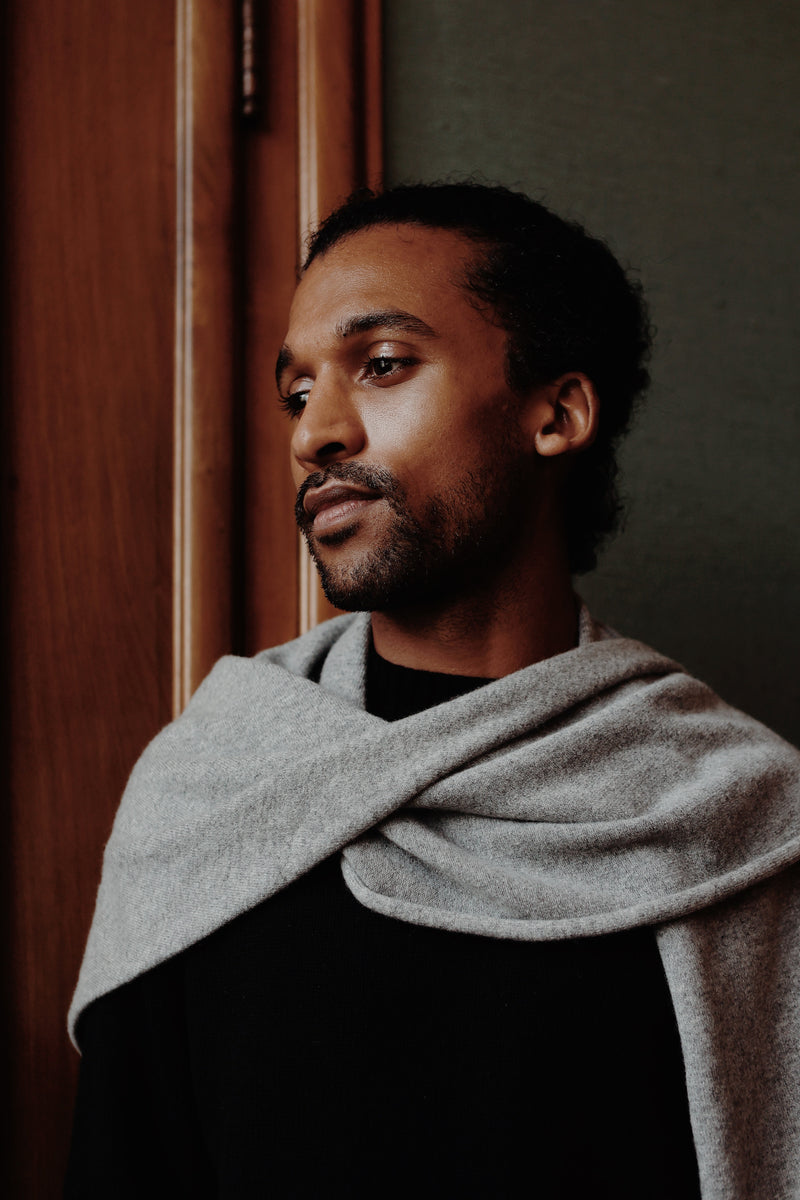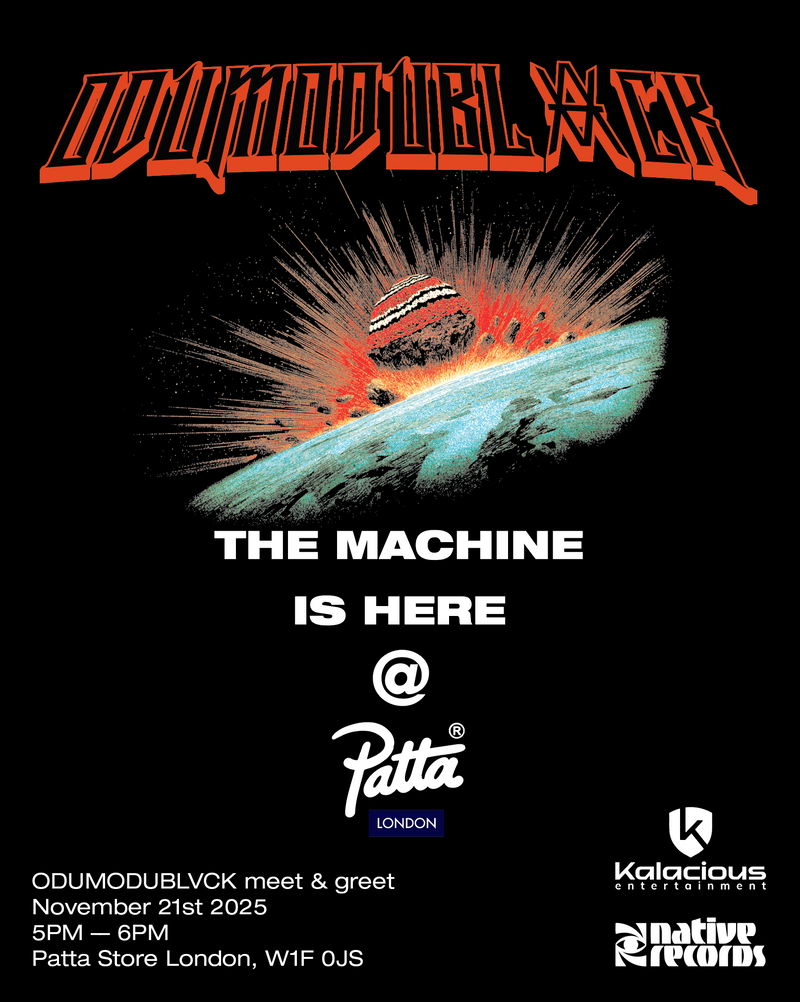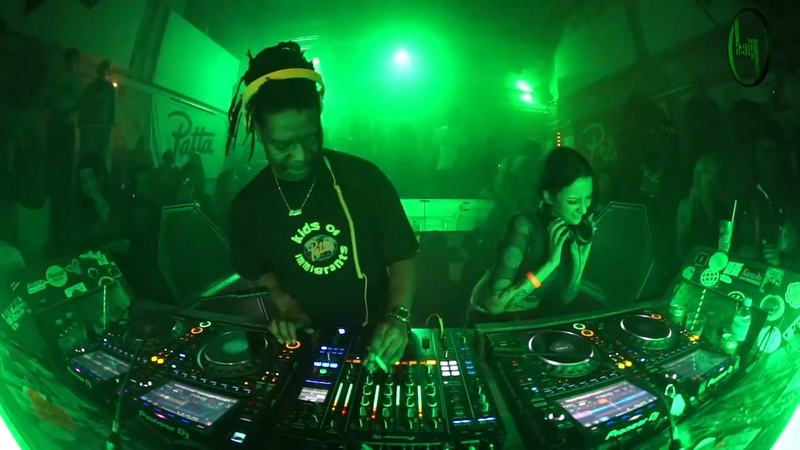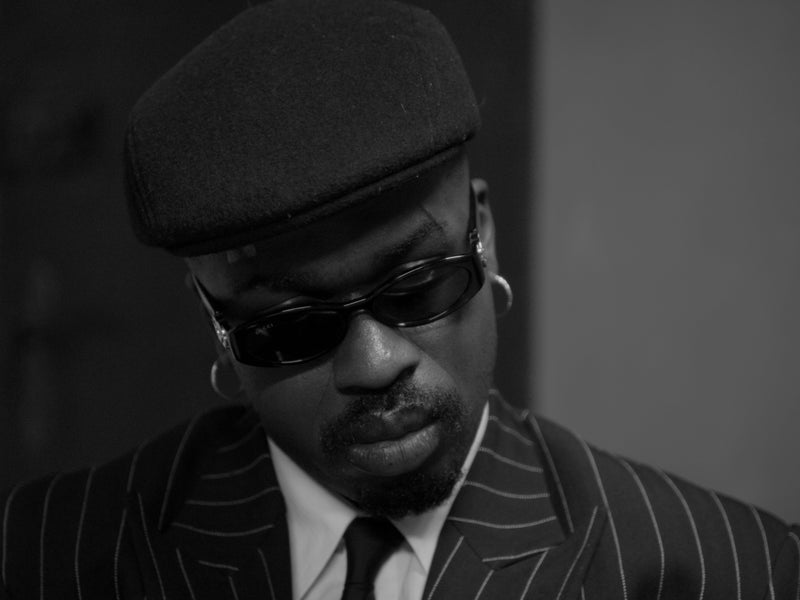
Sneakers Unboxed, The New Exhibition In Design Museum Den Bosch
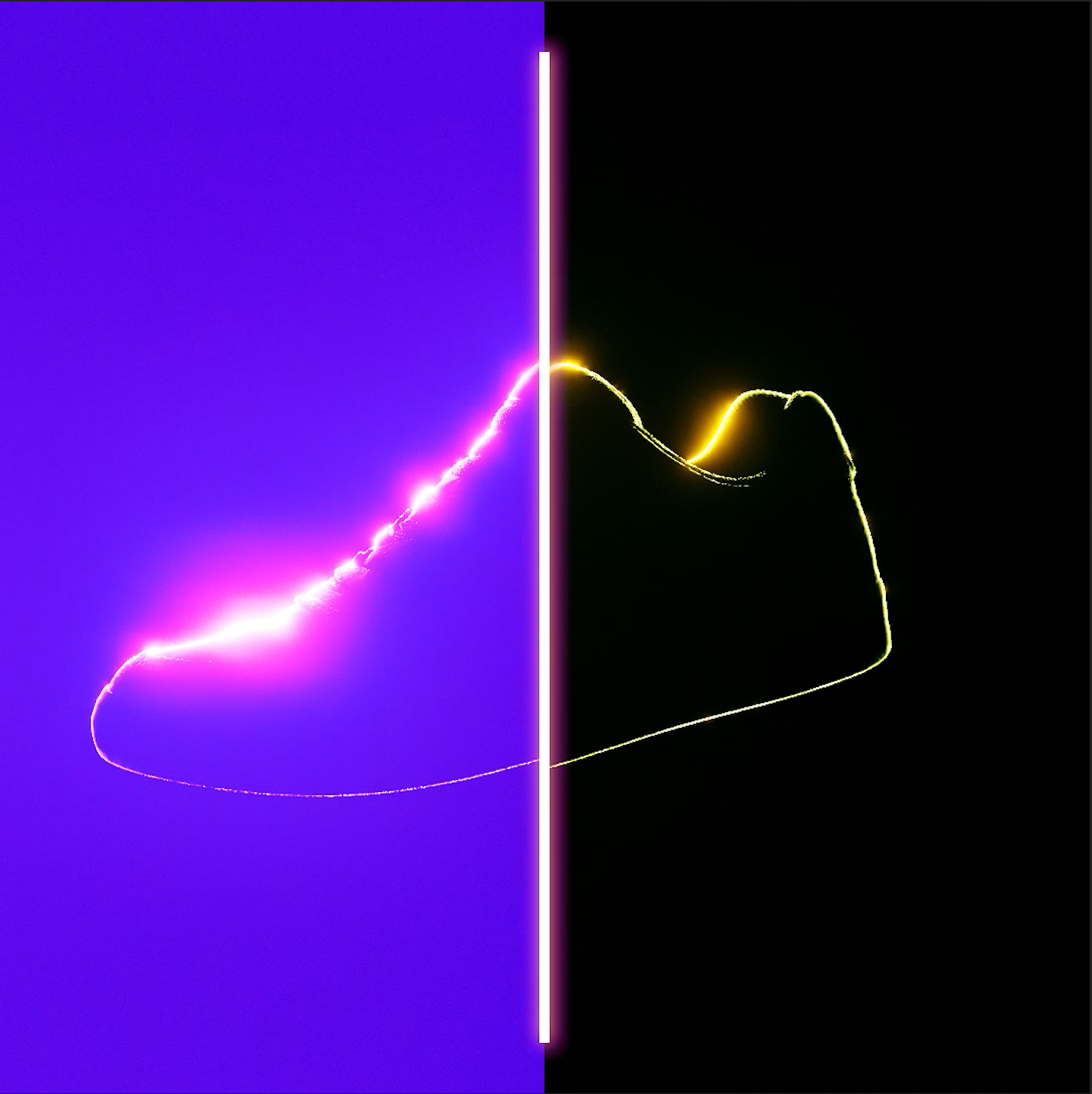
Within a short space of time, sneakers have become the most popular design object in the world. The exhibition Sneakers Unboxed offers you a behind-the-scenes look at the footwear that has triggered technological breakthroughs, inspired new youth cultures and turned the fashion world on its head. Sneakers are bought and worn every day by millions of people worldwide. Over 1.1 billion pairs were sold in 2021 alone. Sneakers Unboxed combines the shoes’ history and cultural context with the latest innovations in design and sustainability.
‘Sneakers are the most important cultural artefact of our century. They bring together all our era’s big design themes: from sustainability to commerce, style to subculture, technology to fashion.’ Timo de Rijk, Director of the Design Museum Den Bosch
‘We’re thrilled to be continuing our partnership on this major exhibition about sneakers which brings together some of the most iconic sneakers ever made. As well as being culturally significant, on StockX, we also see how they have the power to unlock economic opportunity for our vibrant community of sellers ranging from students funding their education to sophisticated businesses selling thousands of pairs daily.’ Derek Morrison, GM EMEA, StockX
What will you see?
There are four parts to the exhibition. Following the introduction, you move into the first part, devoted to Style. This is where you get to meet the young people from all over the world who have made their mark on sneaker culture. From the 1970s onwards, they have played an essential role in the sneaker’s evolution from sportswear to sought-after style icon. Discover the stories and the influence of people like Michael Jordan, Run DMC and Walt ‘Clyde’ Frazier. The second part is titled Tipping Point. It focuses on the moment sneakers shifted from street style to high fashion. Around the turn of the millennium, sports brands, niche boutiques, small retailers, streetwear enthusiasts and forward-thinking fashion designers increasingly began to work together. The ‘collabs’ they created were at the forefront of the experimental trainer design that fuelled the rise of limited editions and today’s sneaker culture. Alongside must-see designs like the Yeezy 350 Zebra and a sneaker injected with holy water from the river Jordon, attention is paid to Off-White’s Virgil Abloh. You will also find collabs with Comme des Garçons, Y-3, Colette, BAPE, HTM, A-COLD WALL*, Martine Rose and Tom Sachs. Performance, the third part of the exhibition, presents the history of design innovation in the world of sneakers. Most of the sports shoes we now regard as innovative and ground-breaking grew out of design issues such as grip, cushioning, fit and stability – challenges that are still central to improving athletic performance today. Exhibits include one of the first Converse All Stars ever made, the Breathing Shoe developed by PUMA and the MIT Design Lab, the Reebok InstaPump Fury and the Nike Air Zoom Alphafly NEXT%, created with and for the marathon runner Eliud Kipchoge.
Sustainable Future
The exhibition concludes with Sustainability and Circular Design. The mass production of sneakers has made it the most widespread design object, but it has also caused considerable pollution and social injustice. A lot of designers have put their minds to this dilemma in recent years, resulting in material innovation, experimental production techniques and greater transparency in the production and distribution process. Dutch designers Elisa van Joolen and Peterson Stoop, for instance, work with used sneakers and samples that would otherwise be discarded. Other designers and entrepreneurs, by contrast, focus on nature-friendly shoes. Examples include Stella McCartney’s Loop trainers, each component of which can be recycled; Mylo – mushroom leather used by adidas; and the French brand Veja, which uses recycled plastic bottles as the raw material for its linings. The British designer Helen Kirkum, meanwhile, custom makes sneakers from recycled and discarded materials.
The Dutch Story
The Sneakers Unboxed exhibition was originally developed for and by the Design Museum in London. The version shown in Den Bosch not only looks totally different, it also tells the story of sneaker culture in the Netherlands. This is the first-ever opportunity, for instance, to see all the collaborations by Dutch company Patta together at a single exhibition. There is a detailed exploration too of the special connection between the Nike Air Max BW and gabber, the Dutch hardcore techno culture. Skate culture is highlighted in various ways, including a film about Fret Click, a Dutch skate crew that has had a big influence on the skateboarding world while also producing noteworthy figures in the sneaker industry, such as Piet Parra and Woei. Work by Parra can be seen in the exhibition, along with other Dutch designers like Studio Hagel, Elisa van Joolen and Peterson Stoop.
Public Program
A wide-ranging public programme has been organized to accompany the exhibition. It kicks off with the Sneaker Stories event on Saturday 21 May, when the museum will fill up with all the personal stories that sneakers evoke. Come and meet the sneakerheads, collectors and designers who make up the world of sneakers. Summer events will follow, such as The Drop (devoted to collector culture), a series of debates for secondary schools and vacation workshops for children. Our Third Floor online platform will also fire up again for Sneakers Unboxed. You will find the SneakEars podcast there, for instance, in which designers and sneakerheads talk about the various exhibition themes. On the museum’s ground floor, meanwhile, the Young Design Team have their opportunity to respond to the show in the shape of Sneakers Under Construction. They raise critical questions about the sneaker phenomenon along with issues such as perfectibility, sustainability, identity and inclusion. Through an extensive programme in collaboration with young designers and artists from various disciplines, they create an inspiring space for experimentation and reflection.

